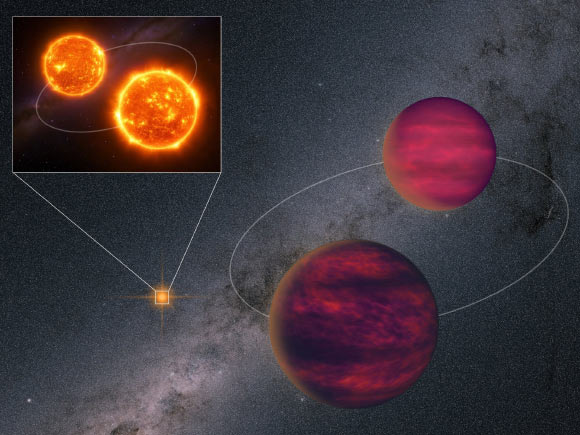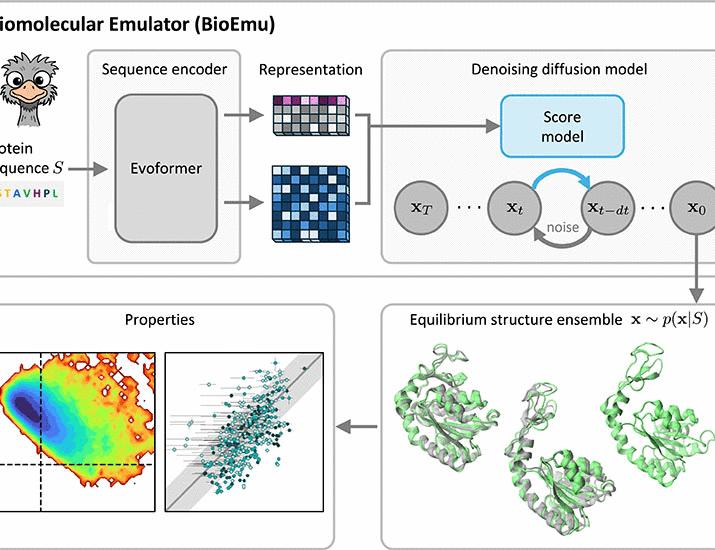Now Reading: Astronomers Unveil Rare Hierarchical Quadruple Star System
-
01
Astronomers Unveil Rare Hierarchical Quadruple Star System
Astronomers Unveil Rare Hierarchical Quadruple Star System

Quick Summary:
- Discovery: The UPM J1040-3551 AabBab system, a hierarchical quadruple star system, has been discovered approximately 82 light-years away in the constellation of Antlia.
- Composition:
– Brighter pair (Aab): Two nearly equal-mass red dwarf stars (Aa & Ab) emitting visible orange light with temperatures of ~3,200 K and masses about 17% of the Sun. They are 100,000 times fainter than Polaris.
– Fainter pair (Bab): Two cooler brown dwarfs (Ba & Bb) emitting no visible light but detectable in near-infrared wavelengths with temperatures of ~820 K and ~690 K respectively. These appear about 1,000 times dimmer than Aab in infrared readings.
- Orbital Dynamics:
– Each individual pair orbits separately for decades. The pairs orbit a common center for over 100,000 years while separated by approximately 1,656 AU (Earth-Sun distance).
- Age: Estimated between 300 million and 2 billion years based on H-alpha emission from the red dwarf stars within the brighter pair Aab.
- Scientific Meaning:
– First quadruple system identified with T-type brown dwarfs orbiting stellar companions.
– Serves as an essential “cosmic laboratory” to study substellar objects like brown dwarfs for evolutionary models and calibrated atmosphere metrics.
Image Caption: Artist’s impression highlights UPM J1040-3551’s structure as observed by ESA’s Gaia satellite-orange-red M-type star pair on one side contrasted against cooler T-type brown dwarfs on the othre.

























